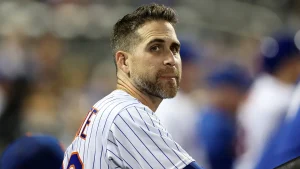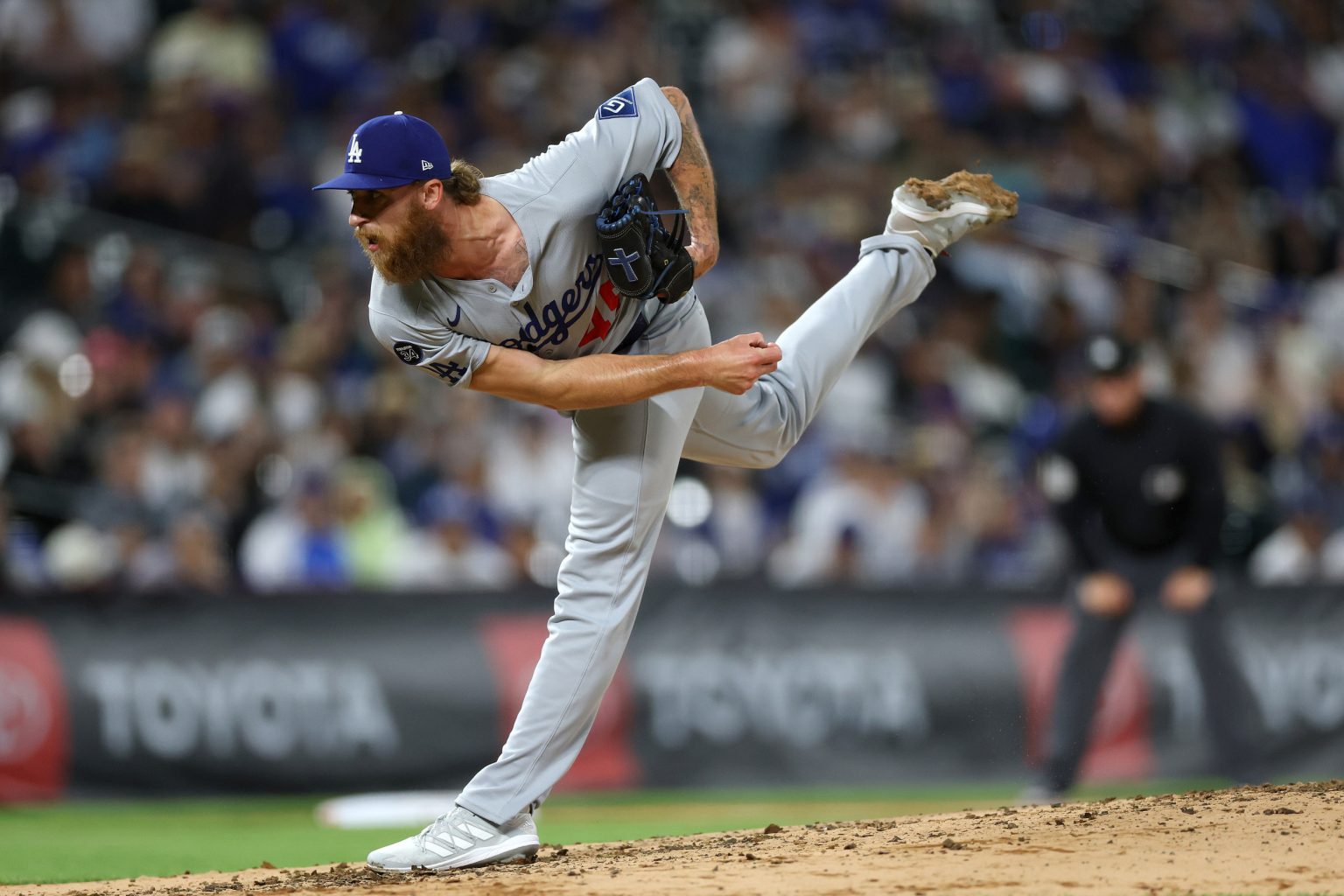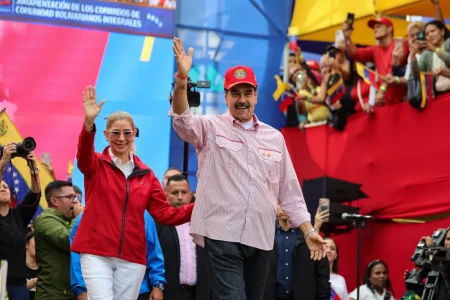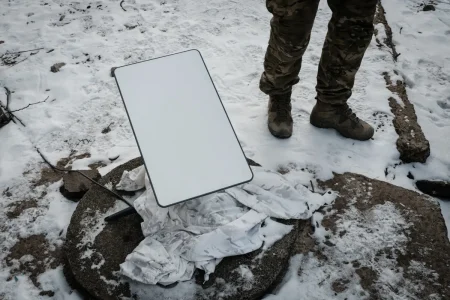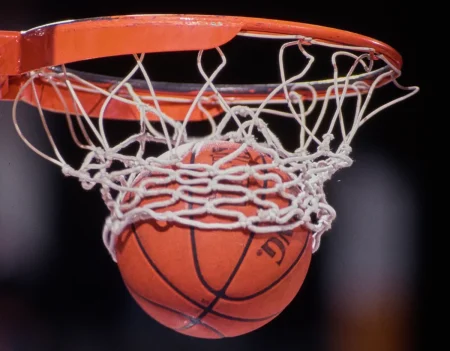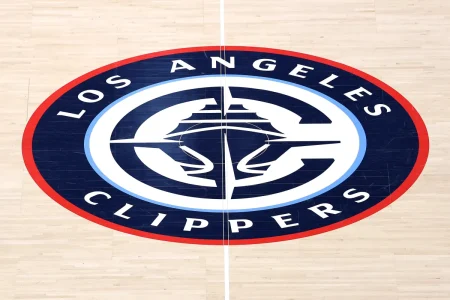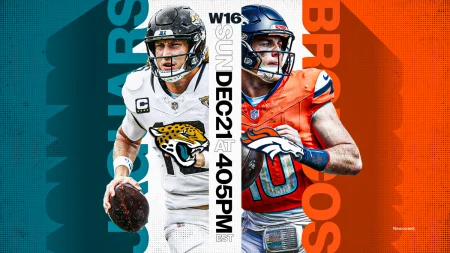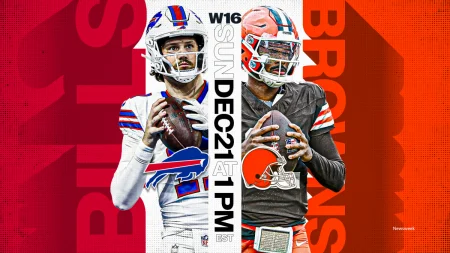The Dodgers’ Dilemma: Talent, Injuries, and Tough Decisions Ahead
The Los Angeles Dodgers find themselves in a familiar position—a team brimming with championship-caliber talent yet simultaneously battling a persistent enemy that has plagued them throughout the 2025 season: injuries. Despite assembling what many consider a superteam with marquee names across the roster, the Dodgers have struggled to keep their stars on the field rather than in the training room. This ongoing battle with the injury bug may ultimately determine their postseason fate, as they navigate the difficult balance between exceptional performance when healthy and the reliability concerns that come with injury-prone players.
Perhaps no player better exemplifies this dilemma than reliever Michael Kopech, whose situation highlights the difficult decisions facing the Dodgers’ front office this coming winter. Kopech, acquired from the Chicago White Sox, has been nothing short of dominant when available, posting a remarkable 0.87 ERA across 32 appearances spanning the 2024 and 2025 seasons. His electric fastball and wipeout breaking pitches made him a crucial component of the Dodgers’ bullpen during their World Series run last year. However, as Bleacher Report’s Tim Kelly recently suggested, the Dodgers may be prepared to part ways with the flamethrowing right-hander when he hits free agency—not because of performance issues, but due to ongoing availability concerns. Kopech was only recently activated from the injured list, continuing a pattern of health struggles that has limited his impact despite his undeniable talent.
The Kopech situation represents a microcosm of the larger issues facing the Dodgers organization. With a payroll already among baseball’s highest and significant financial commitments to stars like Shohei Ohtani, Mookie Betts, and Freddie Freeman, the front office must make calculated decisions about where to allocate resources. While Kelly notes that the Dodgers will “presumably exercise Max Muncy’s $10 million option for 2026,” the decision regarding Kopech presents a more complex evaluation. The organization must weigh his elite production against his checkered injury history, particularly as other teams may be willing to outbid them based on Kopech’s undeniable ceiling. For a team built to win championships, reliability often trumps raw potential, especially in high-leverage postseason situations where pitching depth becomes paramount.
What makes this decision particularly fascinating is Kopech’s remarkable transformation since joining the Dodgers. After struggling during his final seasons with the White Sox, where inconsistency and health issues limited his effectiveness, Kopech found new life in Los Angeles. The Dodgers’ renowned player development system and pitching infrastructure helped him harness his considerable talents, turning him into one of the most effective relievers in baseball when available. This success story highlights both the organization’s ability to maximize player potential and the frustration that comes when injuries prevent those same players from consistently contributing. It also creates a difficult emotional component to the decision-making process, as the organization must determine whether Kopech’s brief periods of brilliance justify a potentially significant financial commitment.
The Dodgers’ bullpen depth ultimately provides them flexibility in making this decision. Unlike some organizations that might feel compelled to retain a pitcher of Kopech’s caliber regardless of injury concerns, the Dodgers have consistently demonstrated an ability to develop relievers and find value in unexpected places. Their pitching development pipeline remains among baseball’s best, allowing them to potentially replace Kopech’s production with less expensive, more reliable options. As Kelly suggests, “The Dodgers would be better off adding a more reliable arm to their bullpen instead of trying to reunite with Kopech in the winter.” This pragmatic approach reflects the organization’s commitment to sustainable success rather than sentimental decision-making.
As the Dodgers push toward another postseason appearance, the final weeks of the regular season and their playoff performance may significantly influence how they approach the Kopech situation and other upcoming roster decisions. If Kopech returns from his latest injury and delivers dominant performances when it matters most, the organization might reconsider their position on his future. Conversely, if health issues continue to limit his availability during crucial October moments, it may cement the decision to move in a different direction. Either way, the Kopech situation exemplifies the delicate balance the Dodgers must strike between pursuing elite talent and ensuring roster reliability as they aim to maximize their championship window with their current core of stars. In a sport where availability often proves as valuable as ability, these decisions will shape the organization’s future as they continue their pursuit of sustainable excellence.


